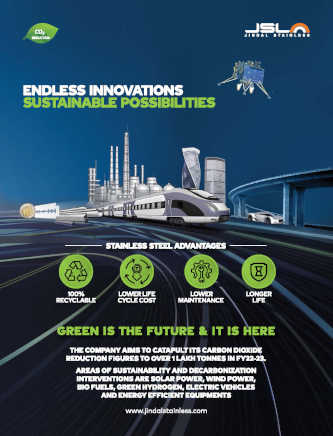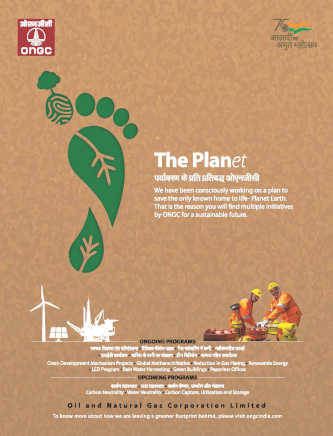
Reduction of emissions, fight for climate change and cleaner environment are imperative for the planet’s survival. So is the much-needed energy for the survival of the nations, especially developing. Both eco and energy goals have to be balanced judiciously. India, primarily the coal-dependent energy economy, is well-insulated from the energy shock shaking the western nations. India took a stance of ‘phase down’ of coal in COP26 at Glasgow. The country’s energy equilibrium will be destabilised if coal is abruptly taken out of the equation. Coal production and demand are yet to peak in India. Yet, the country is committed to climate change with a deep rooted conviction. Despite relying on coal for 44 per cent of its primary commercial energy needs, India has pledged to reduce its carbon intensity by 45 per cent by 2030 over 2005 levels. The long-term goal is to achieve net-zero carbon emissions target by 2070. As the world converges in Sharm El-Sheikh, the Egyptian resort town, for the 27th Annual Climate Conference (COP27) amid climate concerns, India’s theme is lifestyle for environment – a change in lifestyle to protect the environment. On its part, Coal India Limited (CIL) is striving for an even balance between meeting energy needs and mitigating environmental concerns. CIL’s production has reached the record high of 622.6 million tonnes (mt) in 2021-22. By making steady progress, the company is aiming to reach the current fiscal target of 700 mt. This entails a volume growth of 78 mt over last year, of which 52.3 mt was achieved till October. In the face of increased production, CIL’s focus is to be minimally invasive on the environment. Coal mining per se does not offend the environment greatly. It happens at the burning of coal and in its transportation. For environmentally clean coal transportation, CIL is pursuing first mile connectivity (FMC) – a combination of coal-handling plants and silos that mechanically load coal into rail wagons. A first of its kind pilot study, conducted in two of CIL’s large open-cast mines, through reputed research agencies NEERI and CSIR, to evaluate the benefits of mechanised transportation of coal from pit-heads to loading points revealed encouraging results. There was significant reduction in CO2 emissions, particulate matter, other gaseous emissions and air pollutants. CIL is pursuing 44 FMC projects, under two phases, for eco-friendly loading of coal. Combined, they have a loading capacity of 472 mt/year, once fully operational by 2024-25. Strengthening the network further, under Phase III, 17 more FMC projects, with a loading capacity of 317 mt/year, have been initiated to be operational by 2026-27. Carbon footprint suppression would be sizeable, when FMC projects are implemented at full capacity. CIL already has an existing FMC loading capacity of 151 mt. Increased deployment of eco-friendly surface miners, which entail blast-free selective mining with minimal damage to environment, is another measure CIL is actively pursuing. Output through surface miners at 163 mt witnessed a sharp year-on-year growth of 28 per cent during the first half of 2022-23. It accounted for 57 per cent of CIL’s total OC production during this period. In-pit crushers already in use help reduce the movement of dumpers, minimising diesel exhaust and lessening air pollution. OB cutting technology curtails noise and air pollution. The aging mining equipment, wherever entails replacement, is being replenished with modern, mechanised fuel-efficient fleet, which leads to energy saving.
























